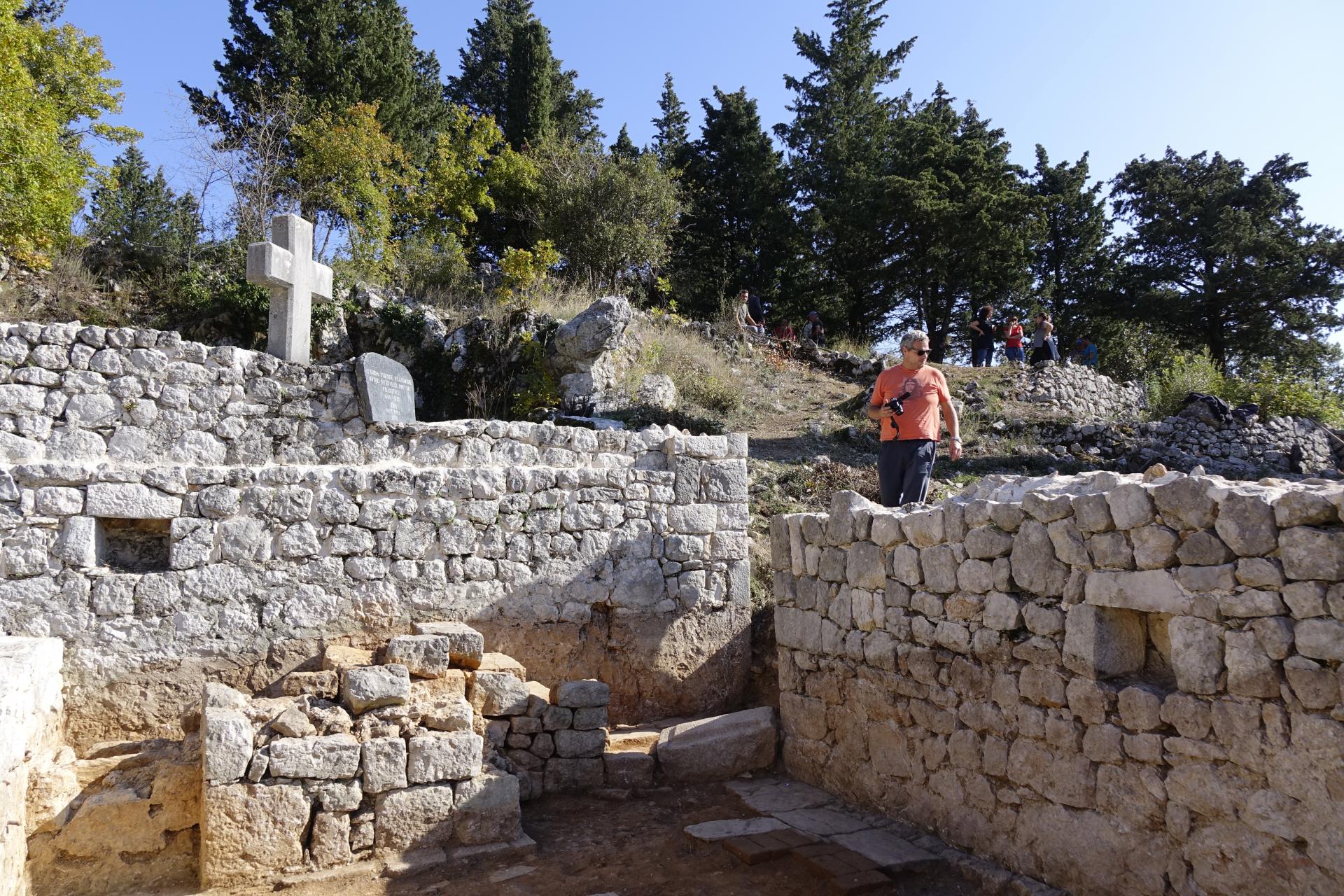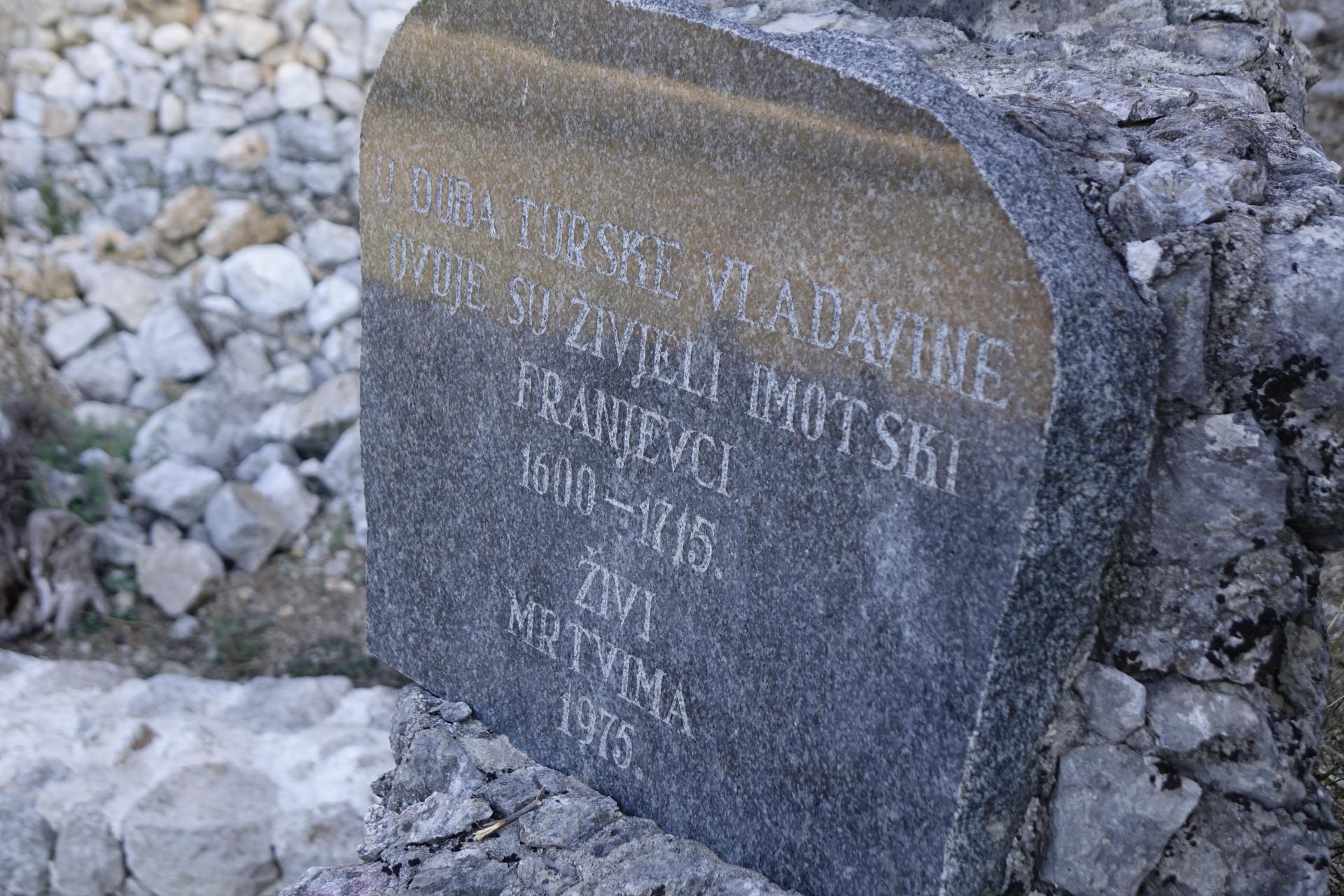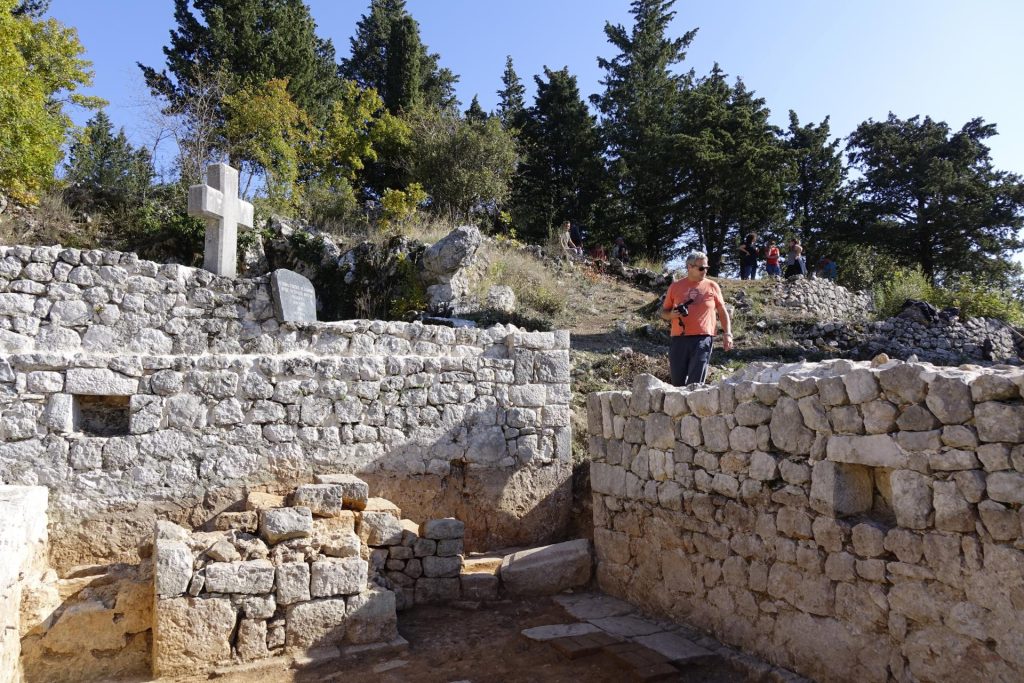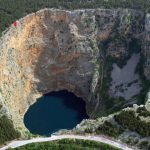October 30, 2019 – Did you know that the Imotski region has its own islet, with an excavation currently underway? Meet Manastir.
This islet is located along the western edge of the Imotski field, in Prološko Blato – and with its distinctiveness and beauty, it’s so small that it could fit comfortably into the frame of a football field.
The area around it on the west side consists of three beautiful lakes in the Lokvicici municipality, and on the east and south sides, it is surrounded by the water of Prološko Blato, which only slightly recedes in the late summer days and early fall, so that this islet, called Manastir or Školjić, remains dry for a short time.
You might be familiar with the fact that the Imotski region even had another island in the Runovici municipality, though it has been dry for decades. The island referred to in this story, however, conceals and preserves the rich history of the Imotski region.
Namely, while it is full of juicy fig trees and cherries, Manastir is the current excavation that is provoking a lively interest in Imotski locals.
Slobodna Dalmacija’s Braco Ćosić writes that Manastir, or Školjić, was one of the symbols of the resistance of the entire Imotski region to the Turkish rule, which oppressed the people of Imotski for a full 224 years, from 1493 to 1717. This islet always gave hope that after two centuries of occupation, freedom would come.
So, what will the excavators find on Manastir?
Here is what we do know: It was precisely the Imotski Franciscans who inherited the Benedictines in the Imotski region at the end of the 14th century, who lived there during the Turkish rule, from 1600 to 1715.

Braco Ćosić
Thus, it was only in 1715 that the Franciscans left Manastir. Two years later, on August 2, 1717, Imotski and the Imotski region were finally liberated from the Turks, though Manastir remained abandoned to this day. Overgrown with foliage and weeds for years, it would sometimes receive a stray visitor, a farmer from a nearby vineyard, a shepherd who kept sheep or cows nearby, or one of the many fishers after carp in Prološko Blato.

Braco Ćosić
Ivan Alduk, Head of the Conservation Department of the Imotski Ministry of Culture, is leading the excavation.
“After five years of hard work and cleaning, because the terrain at Manastir was very inaccessible and difficult, we finally started with the archeological excavations of the oldest preserved Franciscan monastery in the Imotski region. While we are talking about this, there is a debate among my associates about what we have found so far. It is clear to us that the monastery was very large at that time; it is nearly fifty meters in length, has a ground floor, a floor, and the first room we dug up is a monastery dining room, or chapel. We will see this when we see the documents. We are delighted and satisfied with what we are finding and if the Ministry of Culture continues to support us, as they have so far, continuing the research will be interesting,” says Alduk.
To read more about travel in Croatia, follow TCN’s dedicated page.










